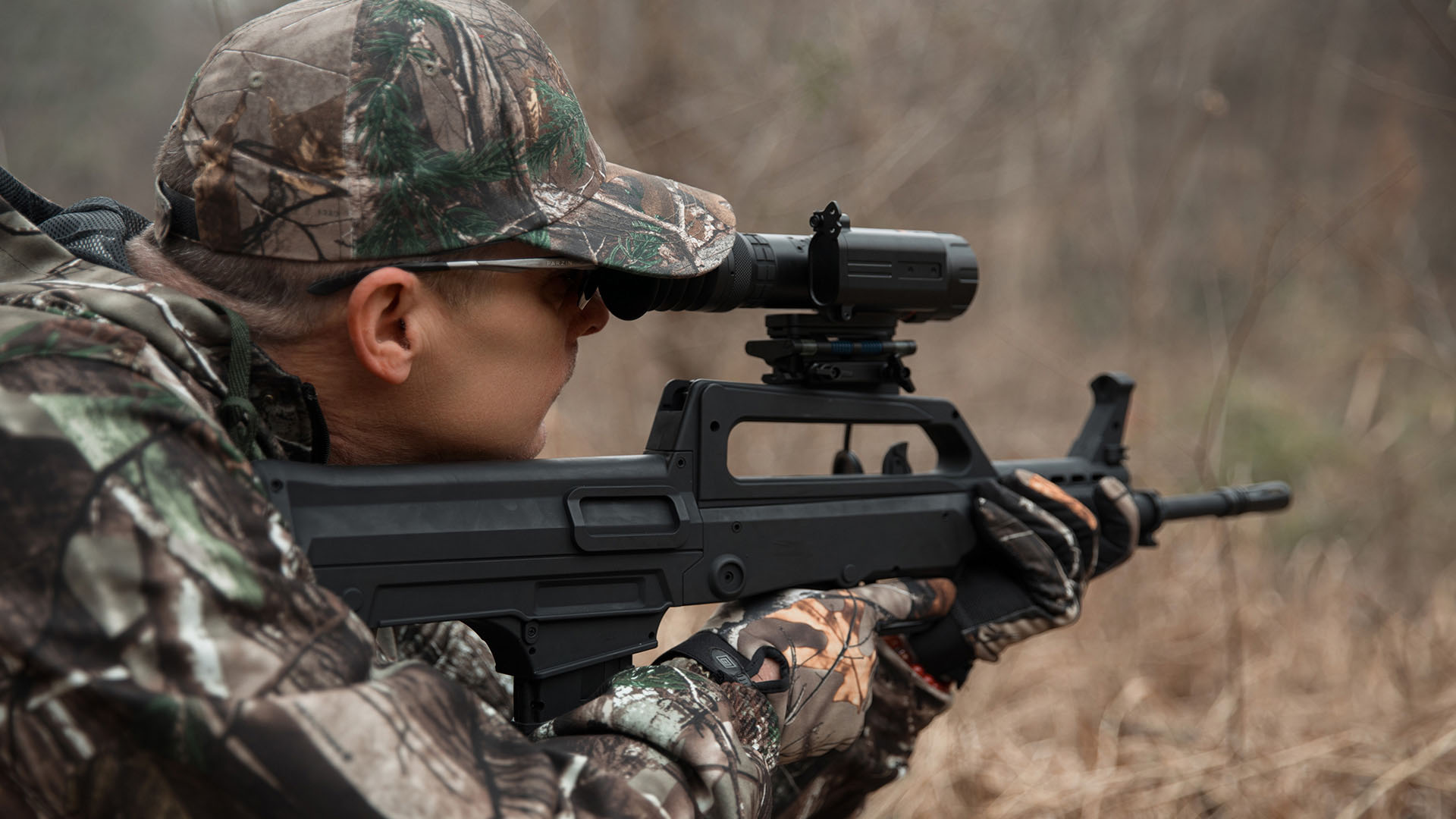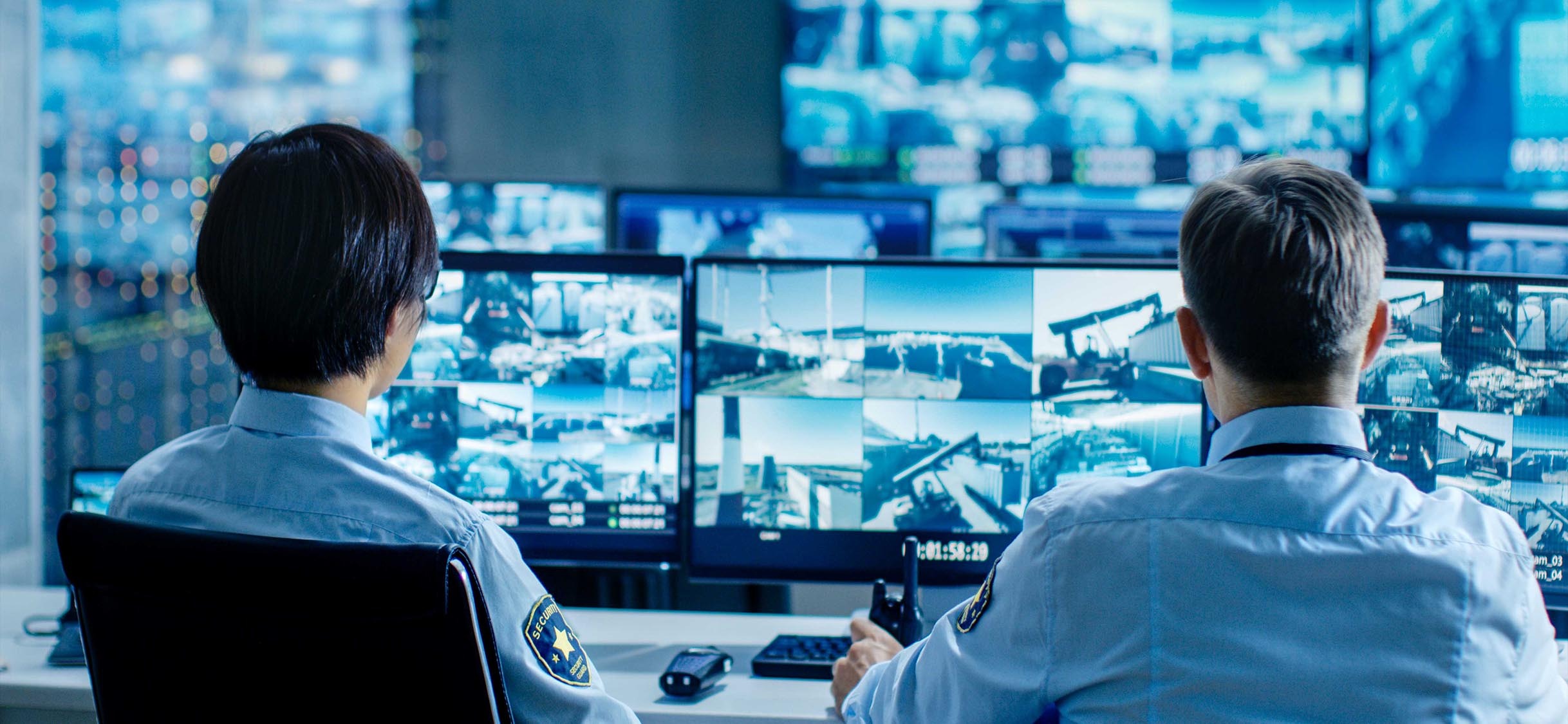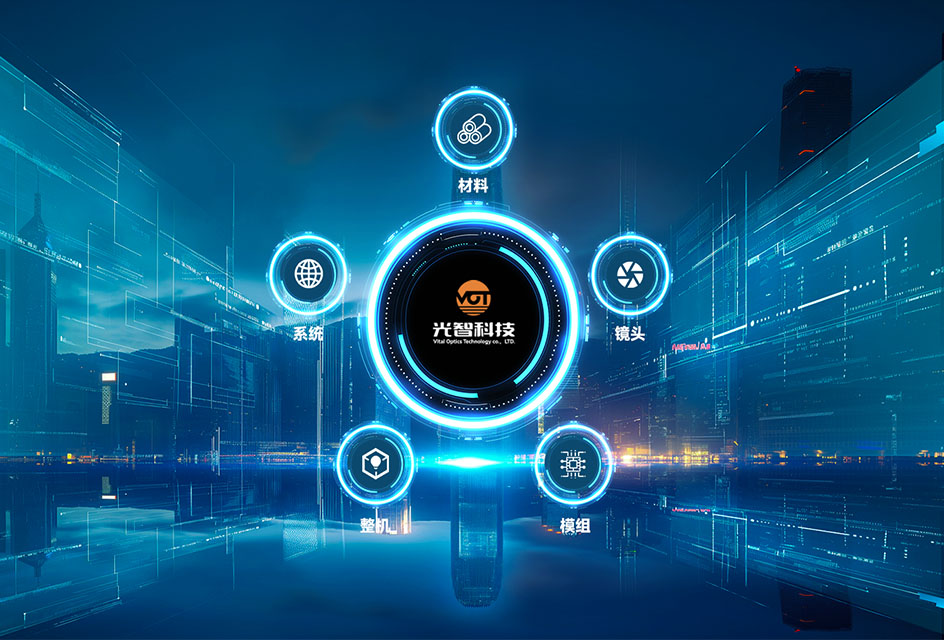With the continuous progress of science and technology, the application prospect of automatic driving is becoming more and more extensive. In the future, automatic driving vehicles may become an important part of urban transportation, and cooperate with traditional transportation modes to achieve more efficient and intelligent travel. At the same time, automatic driving technology will also promote the transformation and upgrading of the automobile industry and the development of related industries, such as in-vehicle night-vision systems and LiDAR systems.
Vehicle Mounted Night Vision System
Infrared thermal imaging technology plays an important role in the vehicle night vision system, not only improves the vehicle's perception ability, but also provides an additional guarantee for driving safety. With the advancement of technology and application, infrared thermal imaging technology is expected to play a greater role in the field of vehicle night vision in the future.
Infrared thermal imaging technology can be in low illumination, rain, snow, smoke, haze and other harsh environments, clear imaging, effectively improve the vehicle's full-time perception; infrared thermal imaging technology has a high degree of sensitivity to the living organisms, can be accurately detected in the night or under adverse weather conditions travelers or the presence of animals, timely early warning or avoidance, to improve the safety of driving; infrared thermography can be used as an auxiliary vision of the driver, in the nighttime Driving, bright light, rain and fog, glare and other specific conditions to help drivers perceive the surrounding environment, improve driving safety; infrared thermal imaging technology is not affected by glare, haze, smoke and other environmental factors, has a strong anti-interference ability, enhance the reliability of the vehicle night vision system; infrared thermal imaging technology can be fused with cameras, radar, lidar, and other sensors, improve the redundancy and redundancy of the vehicle night vision system, and enhance the reliability of the night vision system. Night vision system redundancy and fault tolerance, improve the efficiency and accuracy of decision-making.
A number of automobile companies have started to install infrared systems in new cars, which indicates that infrared thermal imaging technology has a wide range of application prospects in vehicle night vision systems.
LIDAR system
LIDAR system plays a vital role in autonomous driving.
1、Environment Sensing and Modeling
By transmitting laser beams and receiving signals reflected back, LiDAR can accurately measure the distance, angle and orientation of objects around the vehicle and itself, and construct a detailed three-dimensional spatial model. For example, it can accurately sense the position and shape of the road ahead, buildings, trees, other vehicles and other objects during driving. LIDAR can quickly scan the surrounding environment and track the movement status and changes of target objects in real time, such as the traveling speed and direction of other vehicles and the movement trajectory of pedestrians, etc., to provide timely information on the environmental dynamics for the automatic driving system in order to make accurate decisions.
2、Target detection and identification
LIDAR can accurately identify various obstacles on the driving path, including static obstacles (such as barricades, walls, poles, etc.) and dynamic obstacles (such as other vehicles, pedestrians, animals, etc.), and determine their location, size and shape, to help the vehicle plan the avoidance path in advance.
Traffic signs and signals recognition: It can recognize the status of traffic signs (such as speed limit signs, stop signs, intersection signs, etc.) and traffic signals, assisting the vehicle to comply with traffic rules and make the correct driving decisions, such as stopping at red lights, adjusting speed according to the speed limit signs, and so on.
3、Positioning and Navigation
Combining data from other sensors such as Global Positioning System (GPS) and Inertial Measurement Unit (IMU), and utilizing the environmental information acquired by LiDAR for multi-sensor fusion positioning, it improves the accuracy and reliability of vehicle positioning and determines the exact position of the vehicle on the map. Based on the sensed environmental information and the target location, a safe and efficient traveling path is planned for the vehicle to avoid obstacles and dangerous areas and guide the vehicle to reach the destination smoothly. For example, choosing the best driving route in urban roads, making reasonable lane changes and overtaking decisions on highways.
4、Passable space detection
LiDAR can clearly define the area around the vehicle that can be safely traveled, i.e. the passable space. Through the detection and analysis of road boundaries, obstacle gaps and open areas, it ensures that the vehicle is always in a safe area during driving and avoids driving into impassable areas, such as pothole zones and construction areas.
5、Multi-sensor calibration
Since automatic driving vehicles are usually equipped with multiple types of sensors (e.g. camera, millimeter wave radar, etc.), LiDAR can be used for calibration between these sensors to determine their relative position and attitude relationship under the vehicle coordinate system, so that the information obtained by different sensors can be accurately fused and matched to provide more comprehensive and accurate environment perception information for the automatic driving system.
6、Simulation and Test
In the development and testing process of the automatic driving system, LiDAR can provide real environmental data for the simulation platform, simulate various complex driving scenarios and road conditions, help developers verify the performance and reliability of the automatic driving algorithms, reduce the cost and risk of the actual road test, and improve the development efficiency.
Details of the consultation proposal
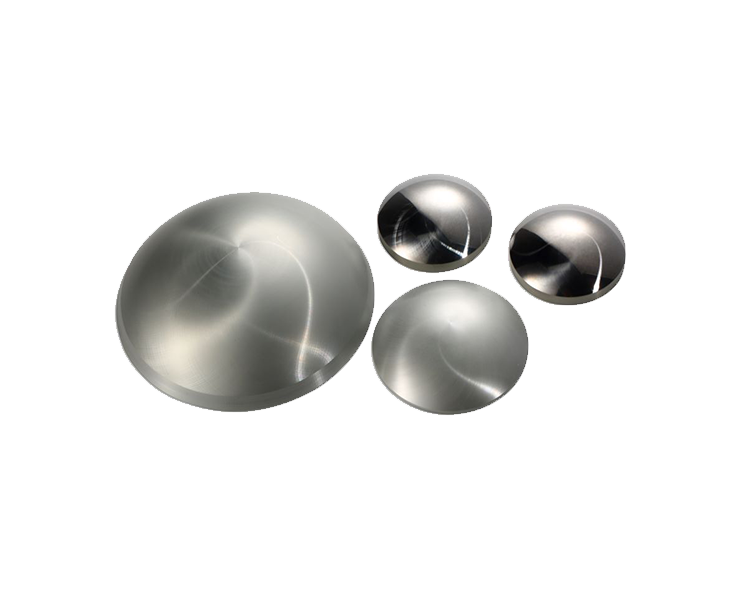
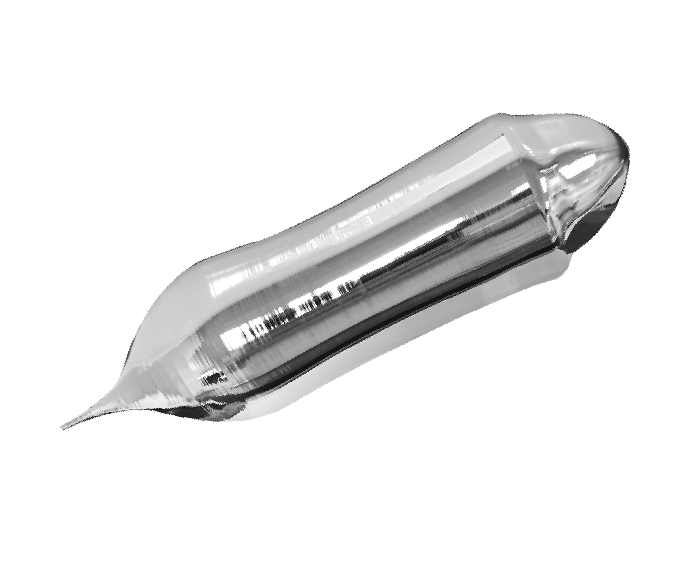
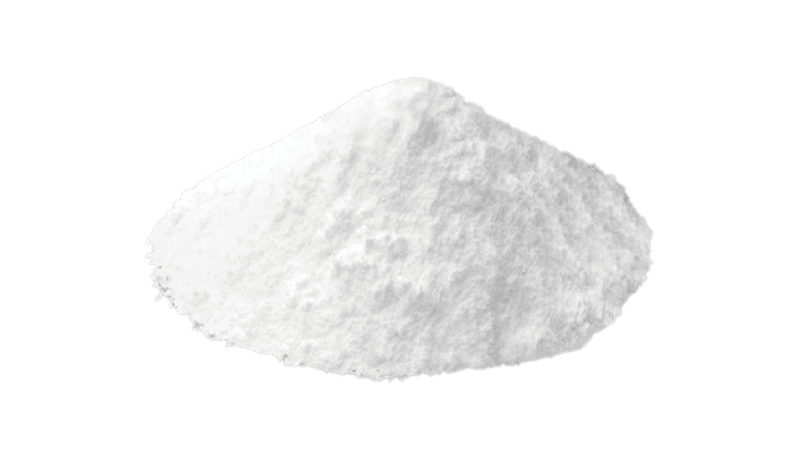
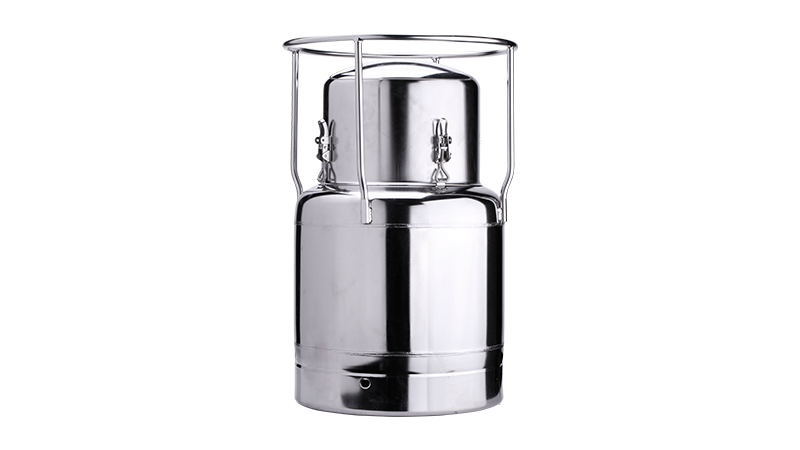

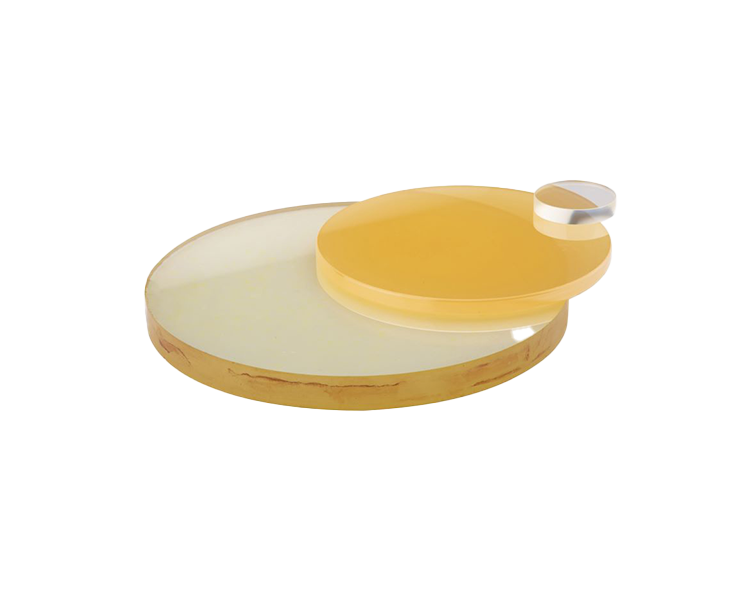

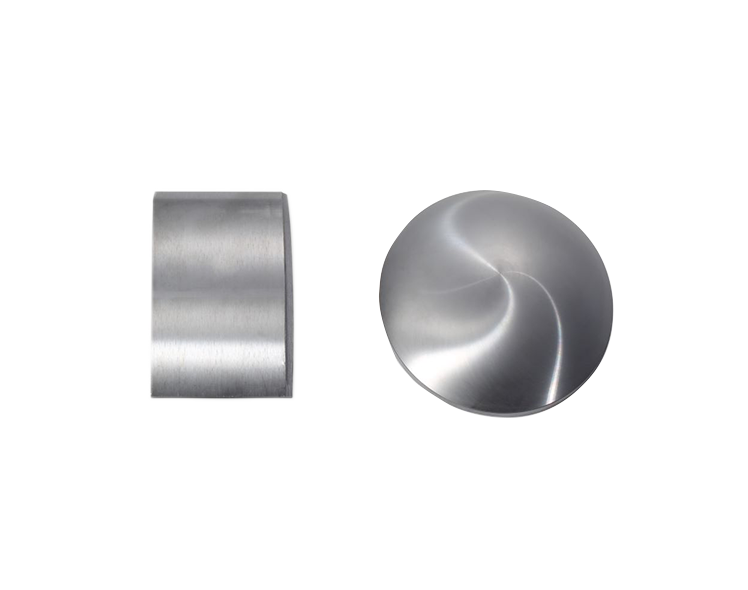


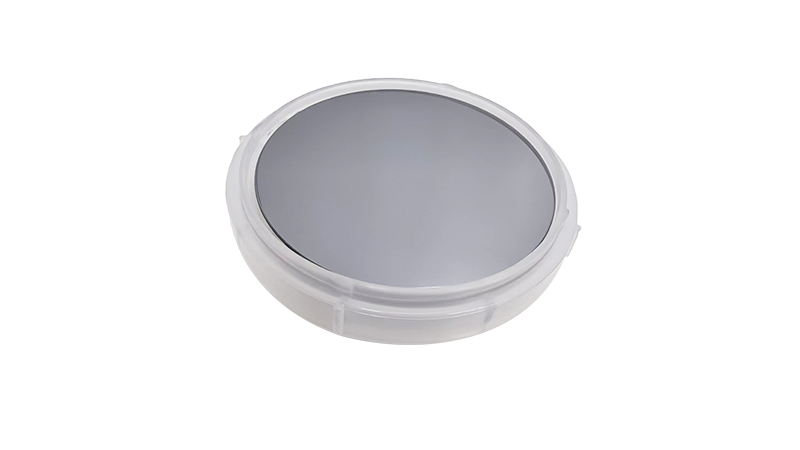

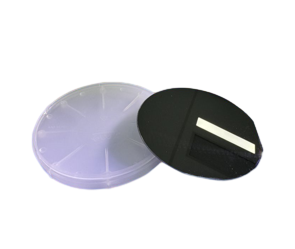

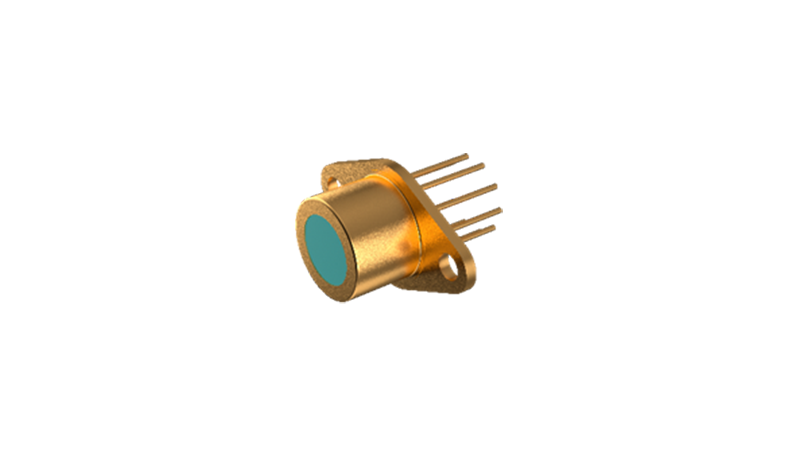
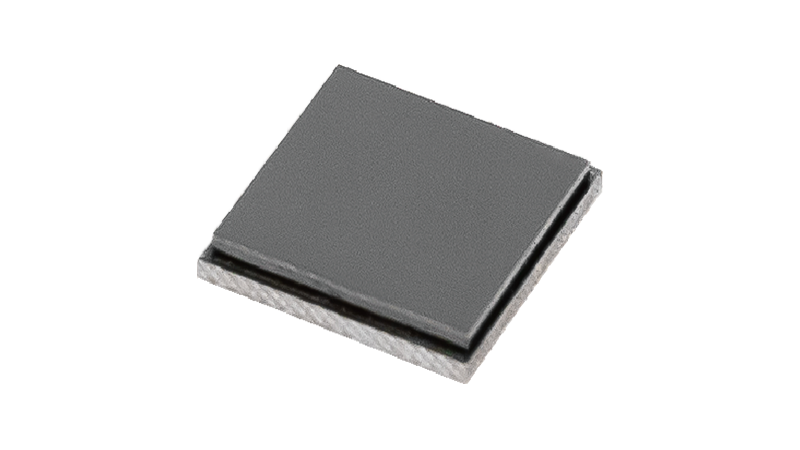
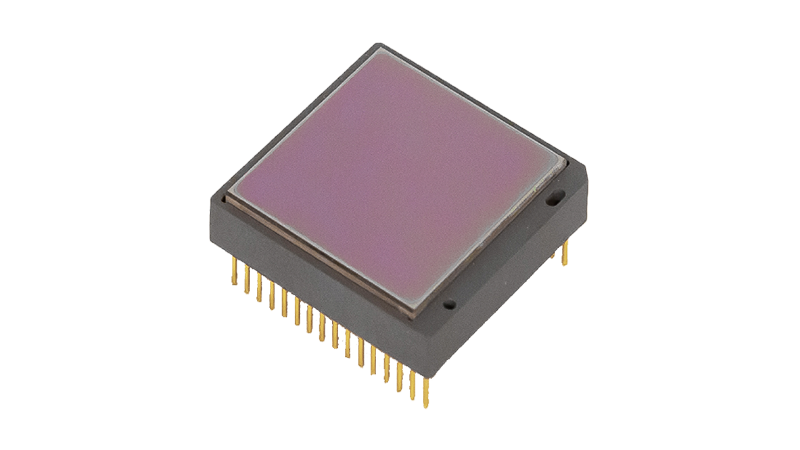

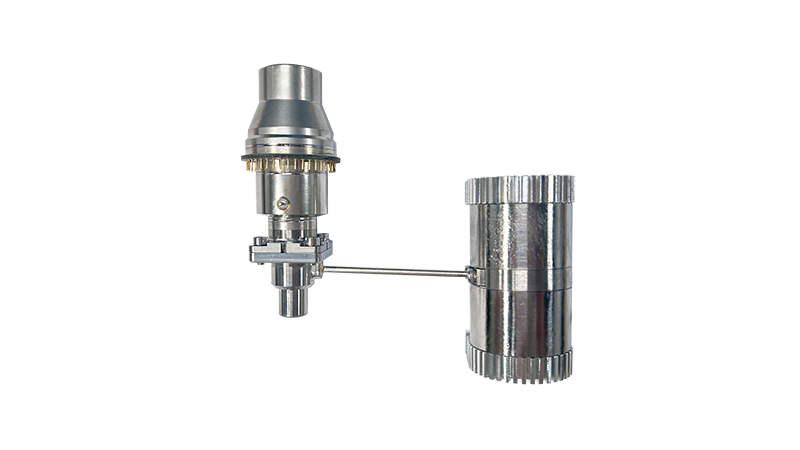
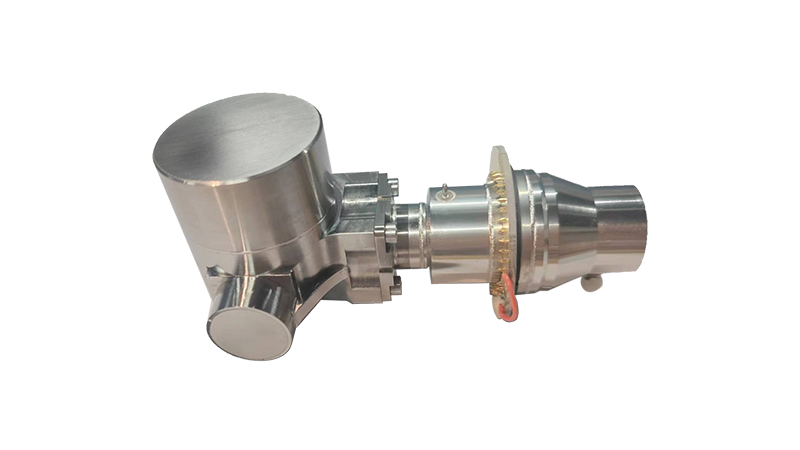


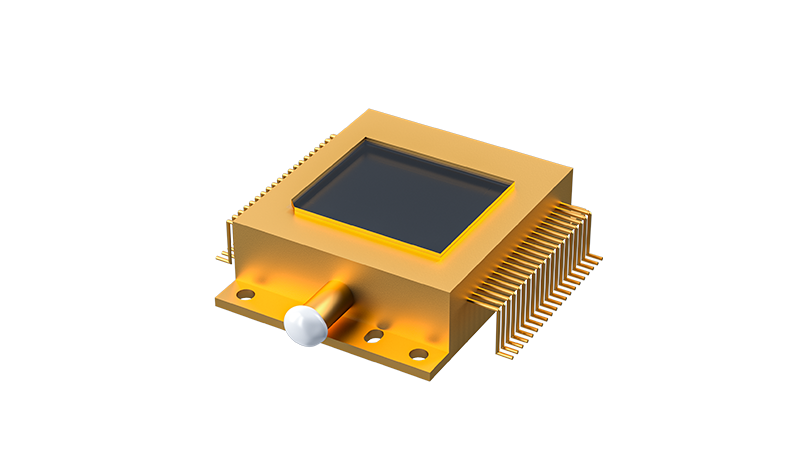
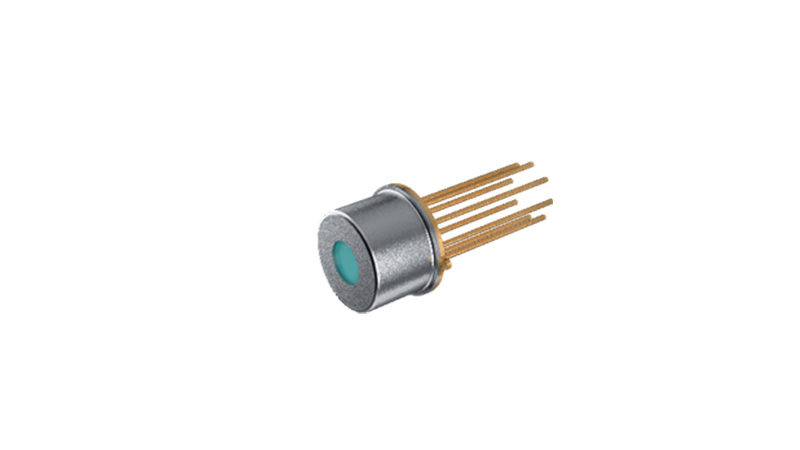 Photoconductive Infrared Detector Wafer Encapsulated Detector Ceramic Packaging Detector Metal Packaging Detector T2SL Cooled Infrared Detector InAsSb Cooled Infrared Detector InSb Cooled Infrared Detector MCT Cooled Infrared Detector InGaAs Short Wave Infrared Detector Photovoltaic Infrared Detector
Photoconductive Infrared Detector Wafer Encapsulated Detector Ceramic Packaging Detector Metal Packaging Detector T2SL Cooled Infrared Detector InAsSb Cooled Infrared Detector InSb Cooled Infrared Detector MCT Cooled Infrared Detector InGaAs Short Wave Infrared Detector Photovoltaic Infrared Detector
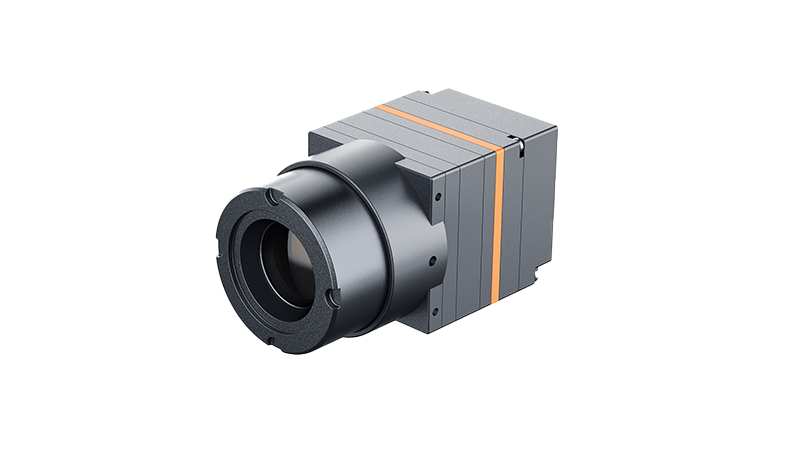
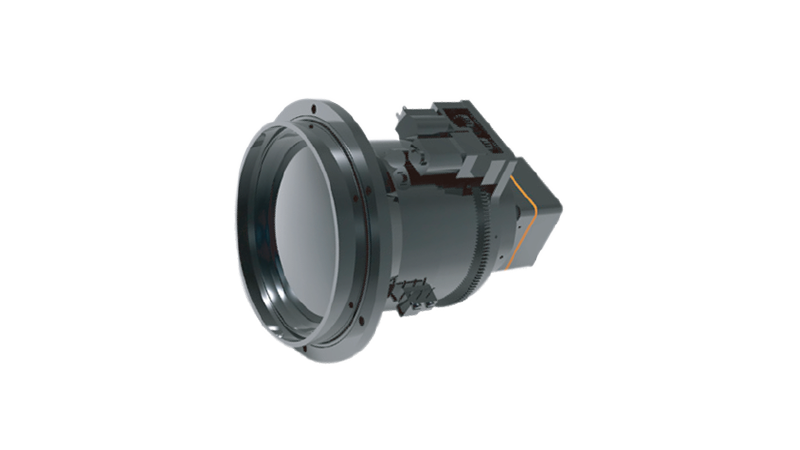





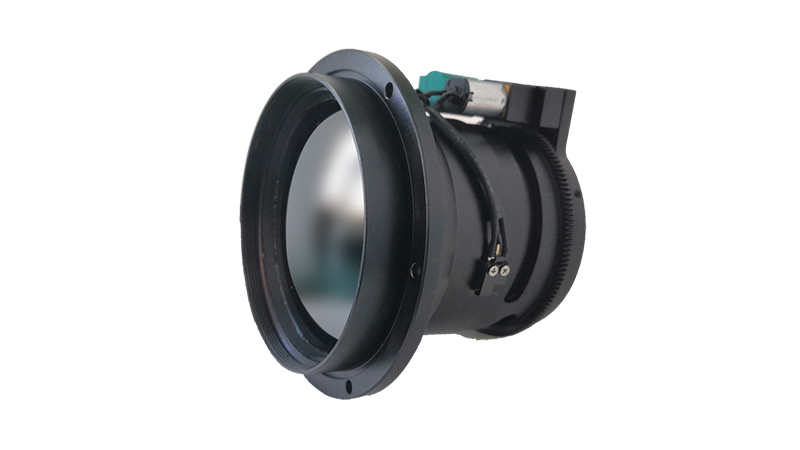


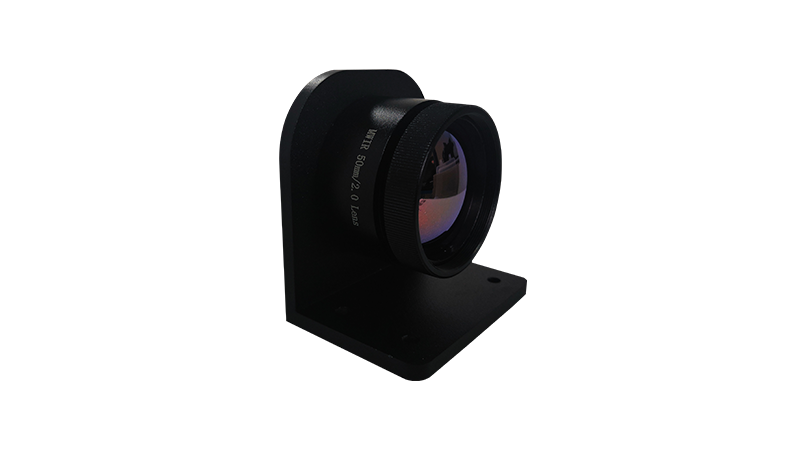

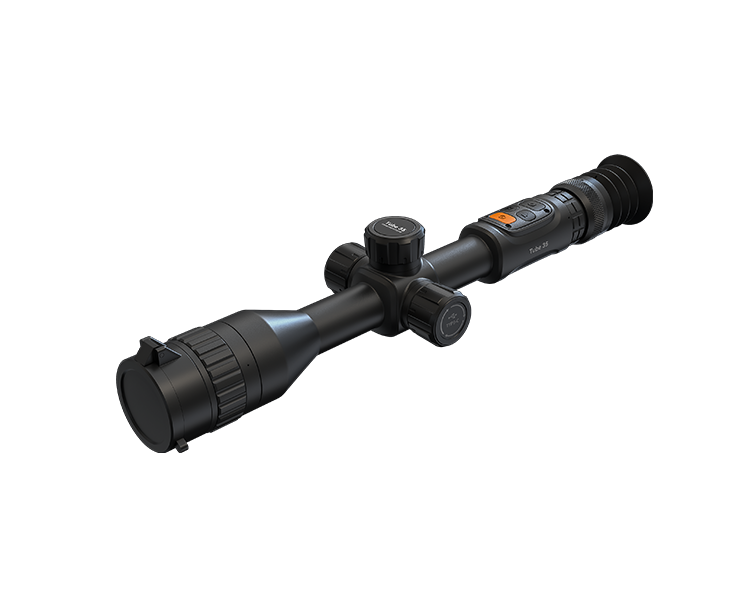
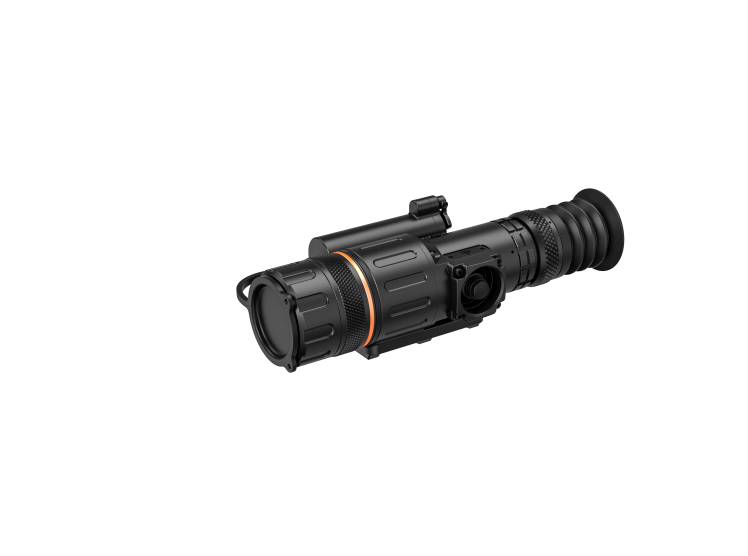
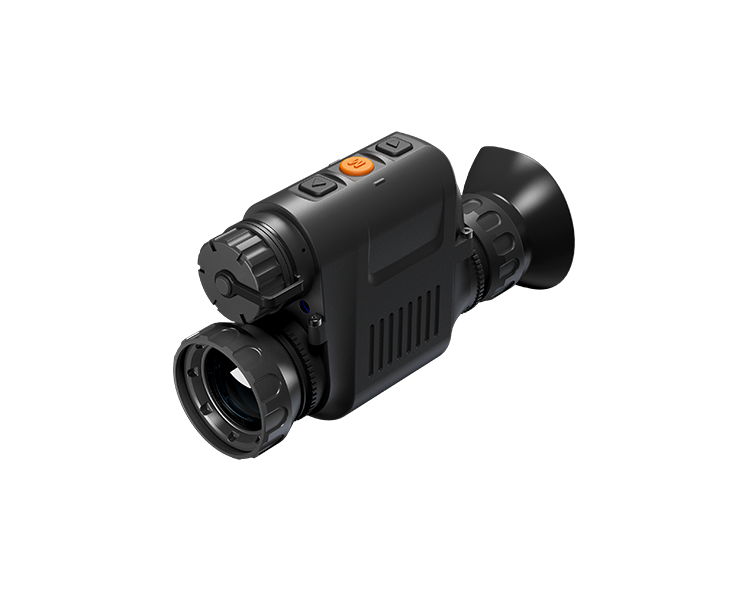

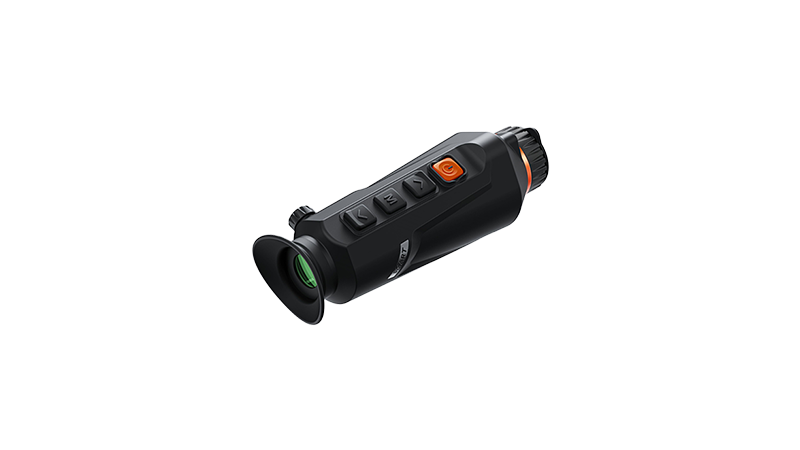




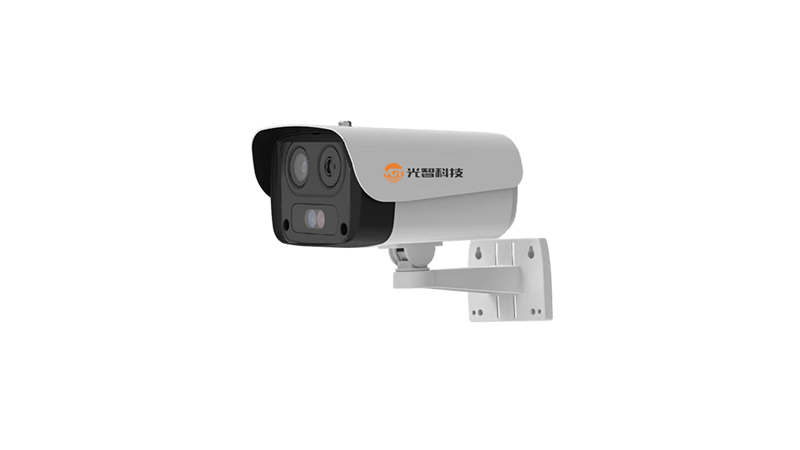

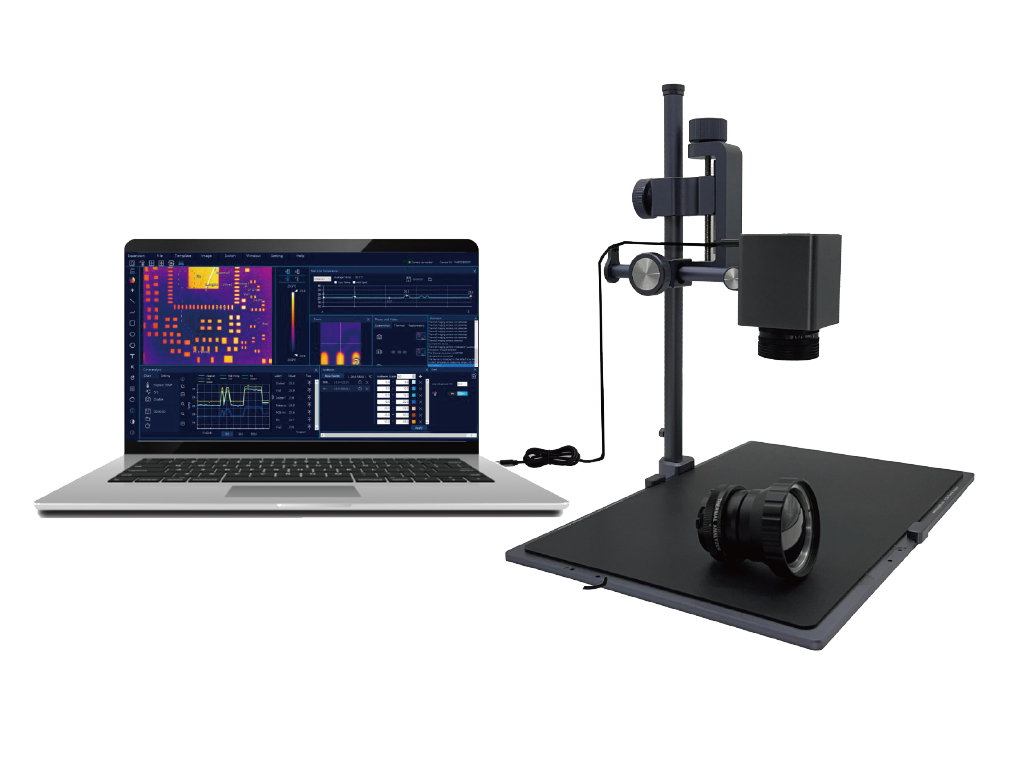

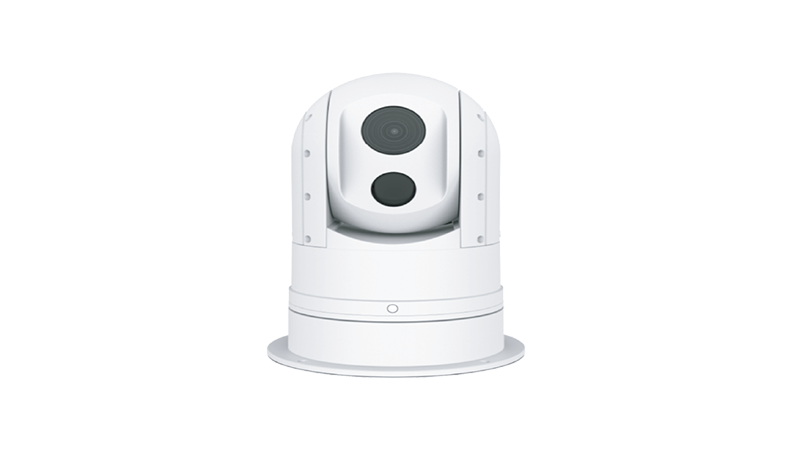
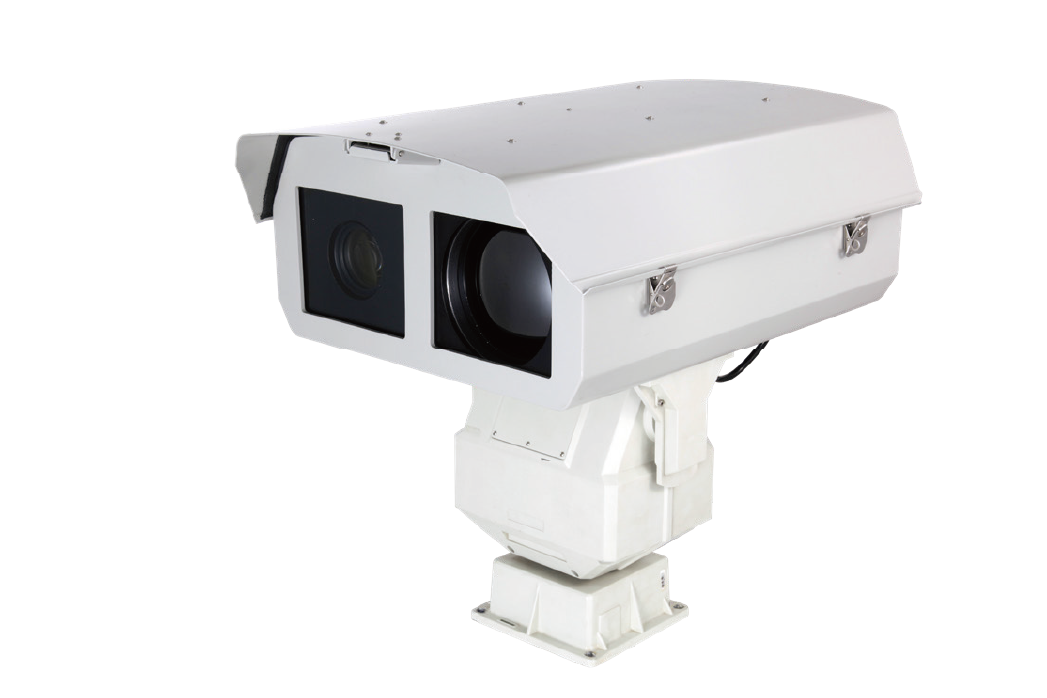


 400-623-5308
400-623-5308



